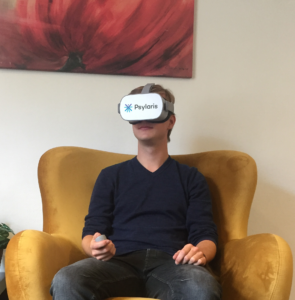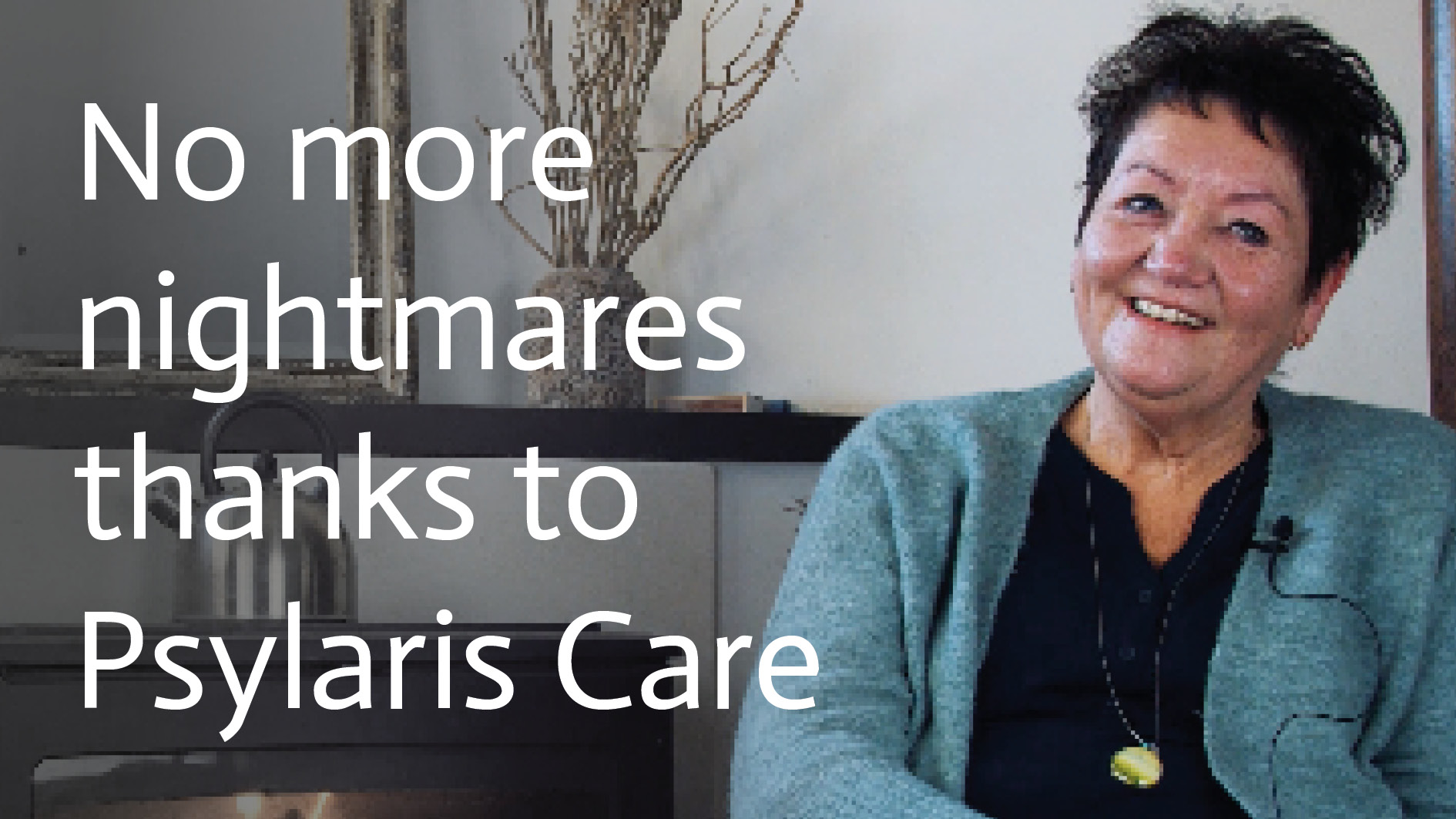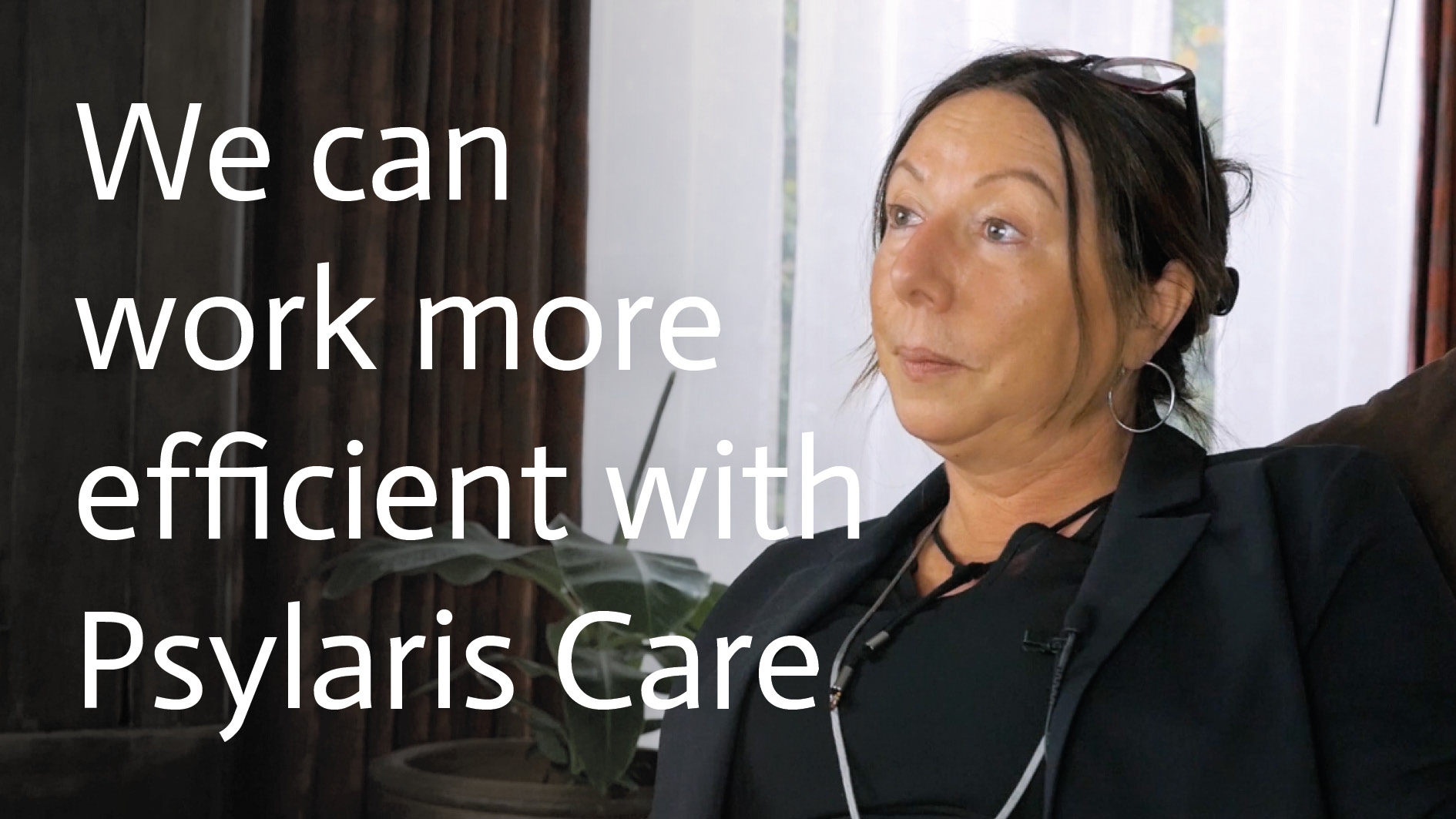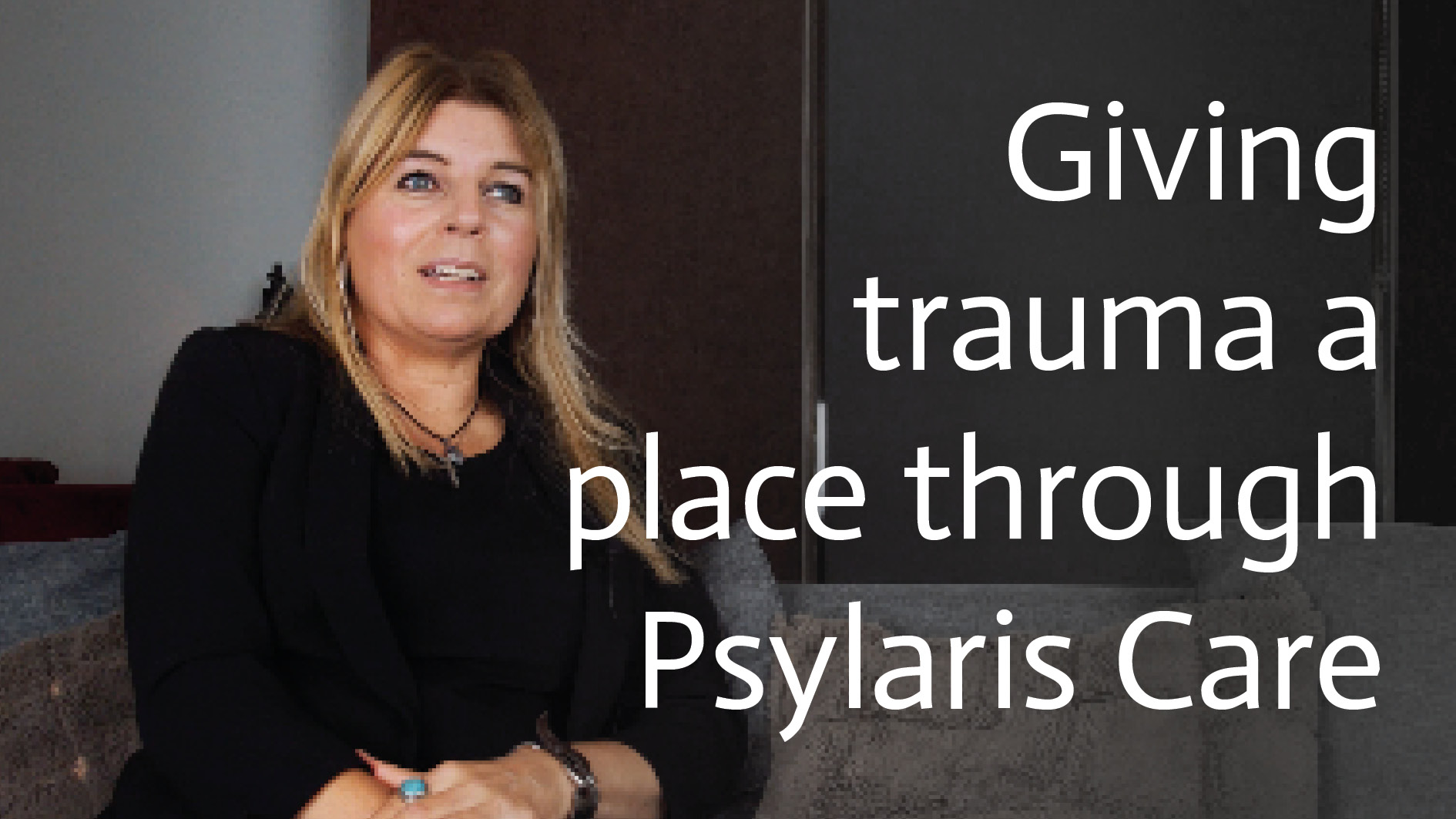EMDR stands for Eye Movement Desensitisation and Reprocessing. It is a brief and effective form of psychotherapy for processing unpleasant or traumatic experiences. In EMDR therapy, the brain is stimulated by eye movements or rhythmic sounds. As a result, (trauma) processing takes place. It is a relatively new therapy, first described by US psychologist Francine Shapiro in 1989. Since then, the method has been further developed into a fully-fledged therapy. Meanwhile, its effectiveness has been scientifically proven and EMDR is widely used.
For whom is EMDR therapy suitable?
EMDR therapy is suitable for people who have had unpleasant, shocking or traumatic experiences and are still suffering from their consequences. These can be one-off experiences such as an accident, rape, violent crime, medical procedure or loss, or long-term experiences such as bullying, abuse, violence or war.
Consequences of such experiences include startle reactions, anxiety disorders, nightmares, hyperventilation, phobias, panic attacks, post-traumatic stress disorder (PTSD), addiction, as well as feelings of dejection, guilt, shame or sadness. EMDR is also suitable for people who have not had specific traumatic experiences, but were neglected, overprotected or criticised as a child and have social or emotional problems as a result. EMDR can help you process your past and let it go for good. It is often a solution when other therapies have had little effect or when you are just tired of talking about your problem.
How EMDR therapy works
During an EMDR therapy session, guided by the therapist, you consciously think about unprocessed or upsetting experiences. At the same time, you follow the back and forth movements of the therapist's hand with your eyes or listen to rhythmic clicking sounds through headphones. This stimulates a processing process in the brain. This is similar to what happens in REM sleep, only now it happens while you are fully awake. During the EMDR session, everything related to the unpleasant experience is processed without talking too much. This gives the experience a new place and the unpleasant consequences disappear.
What is the result of EMDR?
EMDR is a very effective form of therapy. After just a few sessions, you will notice results such as:
- disappearance of flashbacks and nightmares
- a strong reduction in anxiety, phobias and panic reactions
- neutral recollection of the traumatic experience
- letting go of negative conclusions and judgements
- less need for addictive substances
- more self-confidence and self-esteem
- more joy and confidence in the future
In short, EMDR gives you the chance for a new and better future.








